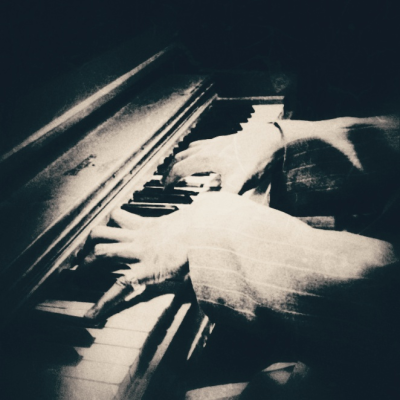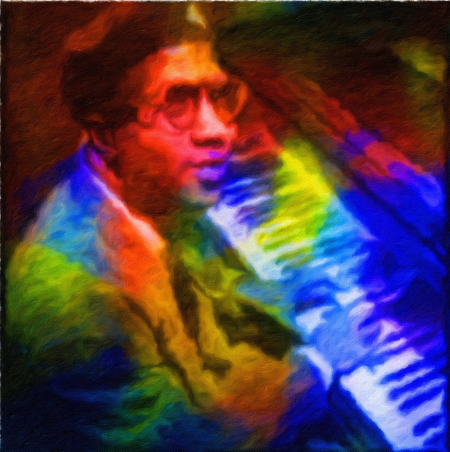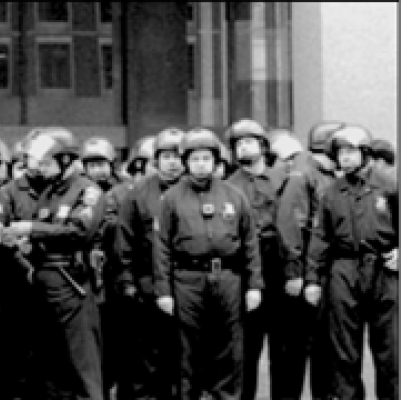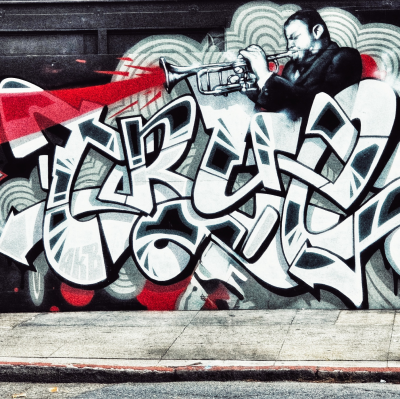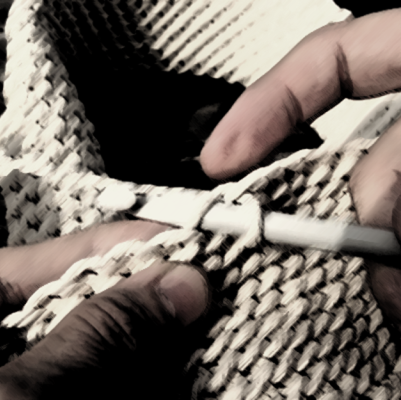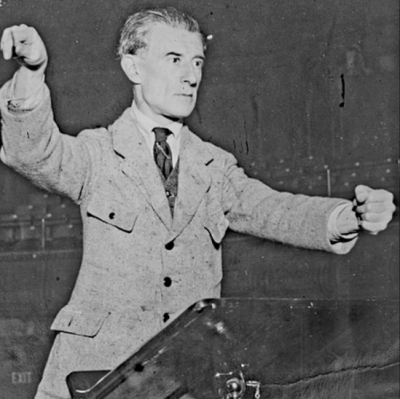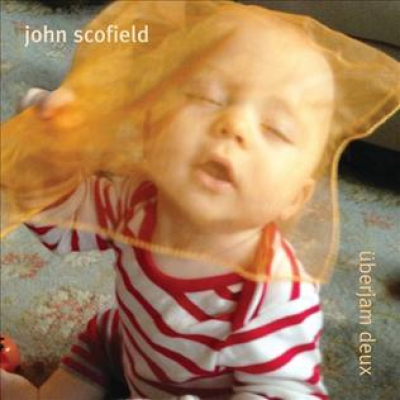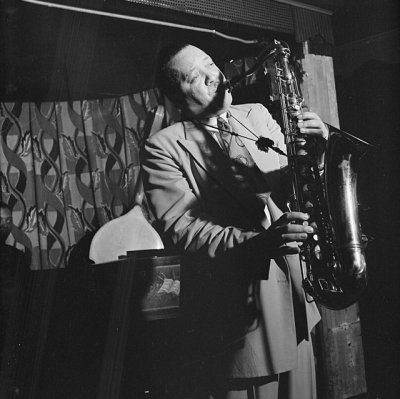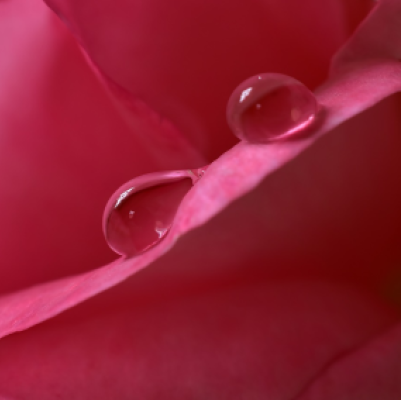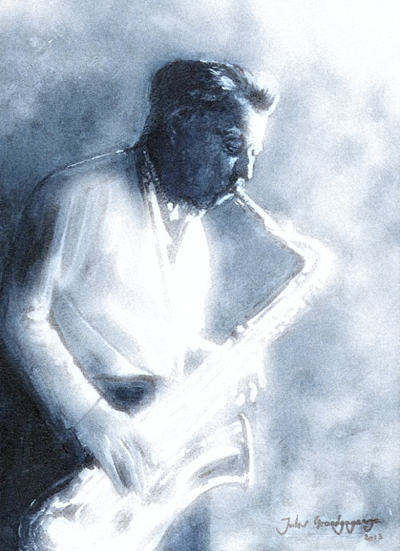When I was thirteen and playing in little groups, my friend Angelo Vienna, who played clarinet, took me to a record store where you could listen to the music before buying it. I heard Charlie Christian playing in Benny Goodman’s Sextet, he played two choruses of Blues in F on “Grand Slam” — it’s a solo I’ll never forget, call it a spiritual awakening. I remember thinking, “I wish I could do that.” I tried to emulate his style for awhile. Later, when I was studying at the Cleveland Institute of Music, I remember being impressed by chromatic string writing — Schoenberg’s Transfigured Night comes to mind. Also, later on, almost anything by Bela Bartok, whom I still love!
Other sound impressions that linger include Sonny Rollins’ solo on “St .Thomas” (the “Vanguard” LP) where he takes the last two notes the bass plays at the end of the melody — a G down to C — an interval of a fifth and develops it, and Bill Evans’ touch and harmonies on “Spring Is Here” – it’s in A flat, the first note is a G natural with an E chord underneath to make it a raised 9th (“Live at Village Vanguard” with Scott Lafaro and Paul Motian). Of course, I am also partial to 4’33” often referred to as Four and a Half Minutes of Silence by John Cage.
_____
Boy Meets Goy (Grand Slam), by Benny Goodman (Charlie Christian, guitar)
4’33, by John Cage
There are so many, I cannot even attempt to list them all. But if I had to choose one, it would probably be Sonny Rollins’ Saxophone Collosus. This album, perhaps more than any other, revealed to me the true power and potential of jazz improvisation.
_____
Blue 7, Strode Rode, and St. Thomas, by Sonny Rollins
___________________
When I was eleven years old, the only music that had reached me deeply, viscerally, at that point, was the often improvised singing by the cantors — the “chazzan’s,” as they were called — in the Orthodox Jewish synagogue. When I was eleven, I remember walking down one of the main streets of Boston. In those days the record stores had public address systems, and suddenly, out of one of those public address systems, I heard the music that made me shout in pleasure, and Boston boys do not shout in the street — not back then. I rushed back into the store, the name of which I still remember, Krey’s Music Shop, and I asked the clerk what the music was. He told me it was Artie Shaw’s “Nightmare.”
I always meant to ask Artie about that because I used to talk to him when I was the New York editor of Downbeat, but I always forgot to ask him. But later, in one of those big box sets that Victor put out, it was learned that he based “Nightmare” on a Jewish nigum, which is one of the thematic melodies that the chazzan’s used to sing. Well, right then and there, I knew I had to find out more about this jazz thing. Whatever money I could save during the Depression were spent on Vocalions — or any of the other record labels of the time — for a dollar. It was during this time that I picked up on blues singers like Peetie Wheatstraw’s “The Devil’s Son in Law,” Count Basie, Billie Holiday, Bessie Smith, and so many others. But it was Artie Shaw’s “Nightmare” that got me immersed in jazz for the rest of my life.
_____
A lot of music has touched my life — moments that even in memory evoke strong feelings, so in that respect music has been changing my life all of my life, and I’m ninety-three years old. I remember the reprimands I received as a youngster when I strayed too far down the street following the bands playing on the flatbed trucks coming through my New Orleans neighborhood to drum up business for a fish fry. And I still tear up when I think of Ben Webster playing “Danny Boy” at the Onyx Club (I was playing bass and it was just the two of us — Stuff and Jimmy took a break); or Joe Williams singing “Here’s To Life.”
But your question is specifically about recordings that changed my life. Recordings of composers such as Delius, Sebelius, Bach, Debussy, and all the romantics, I heard for the first time at the home of Stuff Smith’s lady friend, who was white, very rich and lived in the Hyde Park area on the Southside of Chicago. After work at the Garrick Stage Bar in downtown Chicago, Stuff, Jimmy Jones and I would go to her home to relax and listen to classical music recordings. Dorothy had state of the art recording playback equipment, and a library of all the classical composers’ music of the past and present. Listening to this music changed my life in that it made me appreciate the music of these great composers and enhanced my knowledge and appreciation of this music and the relationship it had to the pop and jazz music of the day. It increased my abilities to better understand the function of the instrument I had chosen to play. It also prepared me for my future experience of playing with George Shearing, whose arrangements contained excerpts from the classical composers, especially Johann Sebastian Bach.
Music, live and recorded, has blessed my life.
_____
Prelude to the Afternoon of a Faun, by Debussy
Symphony No. 1 in E minor Op.39, by Sibelius
I don’t look for recordings to change my life, though some have done so, and not always to my betterment. While many fine records have enriched my life, the few that changed my life have been almost universally poor. I think great records can rouse us to meet them as intellectual, emotional and artistic challenges; life-changing records, in my experience, have appealed to baser appetites, like calls to run away and join the circus, in its many modern forms.
That said, I cherish every moment I’ve spent inside John Coltrane’s first Live at the Village Vanguard and Eric Dolphy’s Live at the Five Spot, two performances I was too young to see, but not by much.
_____
Chasin’ The Trane, by John Coltrane
Like Someone In Love, by Eric Dolphy






